Planters: A near set of six Pulham stoneware urns circa 1870 some stamped (one damaged) the largest 51cm high by 60cm wide; the smaller 48cm high by 56cm wide The Pulham company was established in 1820 but made terracotta from around 1846 on into the 20th century, with workshops in Broxbourne, Hertfordshire. By the 1880’s the company was concentrating on garden and landscape ornaments. A catalogue of 1915 indicates that their wares were made of ‘Pulhamite’ stone, which, is considered the best material for all designed stonework in connection with the garden for the following reasons: Pulhamite stone is more durable than natural stone, for it never decays and never shells or flakes, cement is not used in its composition, it is a lighter substance, making more elegant productions than any other so called artificial stone. This is an important point, as the sides of a Pulhamite vase give more space for soil. It is the colour of light stone. There is nothing deleterious to plant life in it, in fact, owing to the nature of the material, the opposite may be said in its favour. We guarantee its durability, and can refer to work which has been exposed for 70 years. If desired we can reproduce in the antique style, and copies can be made from practically any existing examples. The company held appointments to H.M. King Edward VII, H.M. King George V and H.M. Queen Alexandria. (See engraving)
Planters: A near set of six Pulham stoneware urns circa 1870 some stamped (one damaged) the largest 51cm high by 60cm wide; the smaller 48cm high by 56cm wide The Pulham company was established in 1820 but made terracotta from around 1846 on into the 20th century, with workshops in Broxbourne, Hertfordshire. By the 1880’s the company was concentrating on garden and landscape ornaments. A catalogue of 1915 indicates that their wares were made of ‘Pulhamite’ stone, which, is considered the best material for all designed stonework in connection with the garden for the following reasons: Pulhamite stone is more durable than natural stone, for it never decays and never shells or flakes, cement is not used in its composition, it is a lighter substance, making more elegant productions than any other so called artificial stone. This is an important point, as the sides of a Pulhamite vase give more space for soil. It is the colour of light stone. There is nothing deleterious to plant life in it, in fact, owing to the nature of the material, the opposite may be said in its favour. We guarantee its durability, and can refer to work which has been exposed for 70 years. If desired we can reproduce in the antique style, and copies can be made from practically any existing examples. The company held appointments to H.M. King Edward VII, H.M. King George V and H.M. Queen Alexandria. (See engraving)



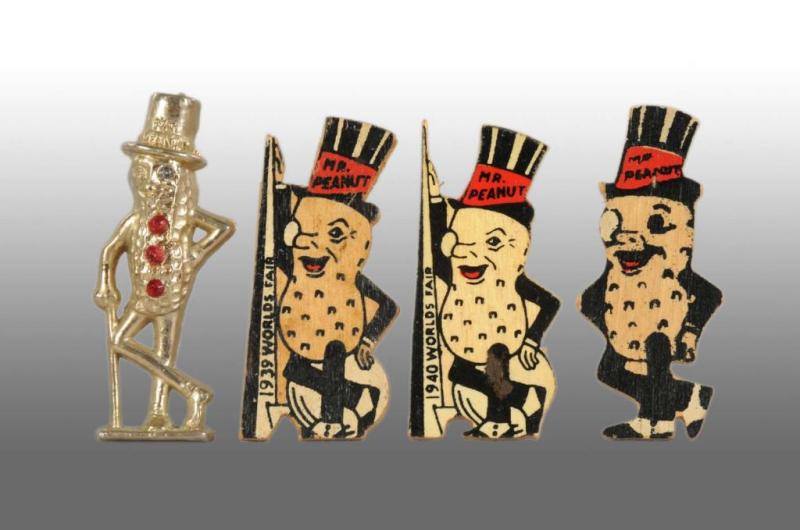

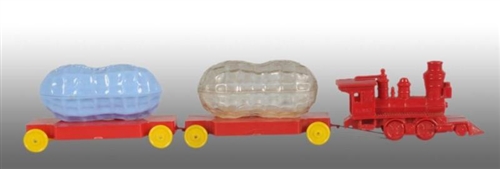
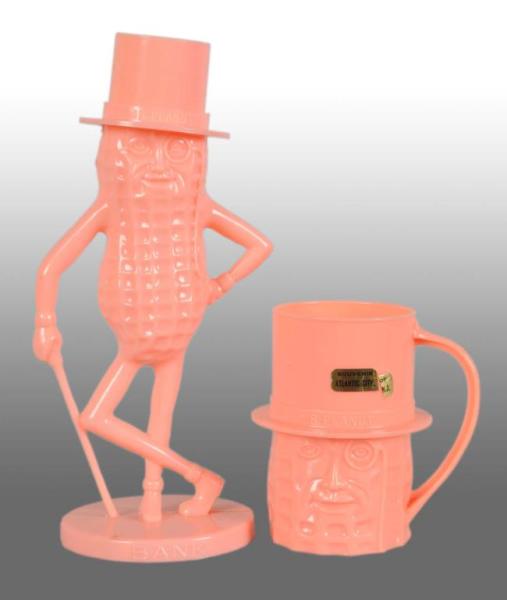
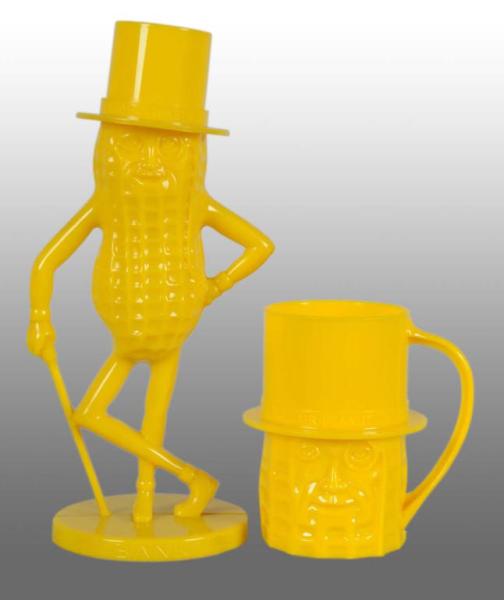

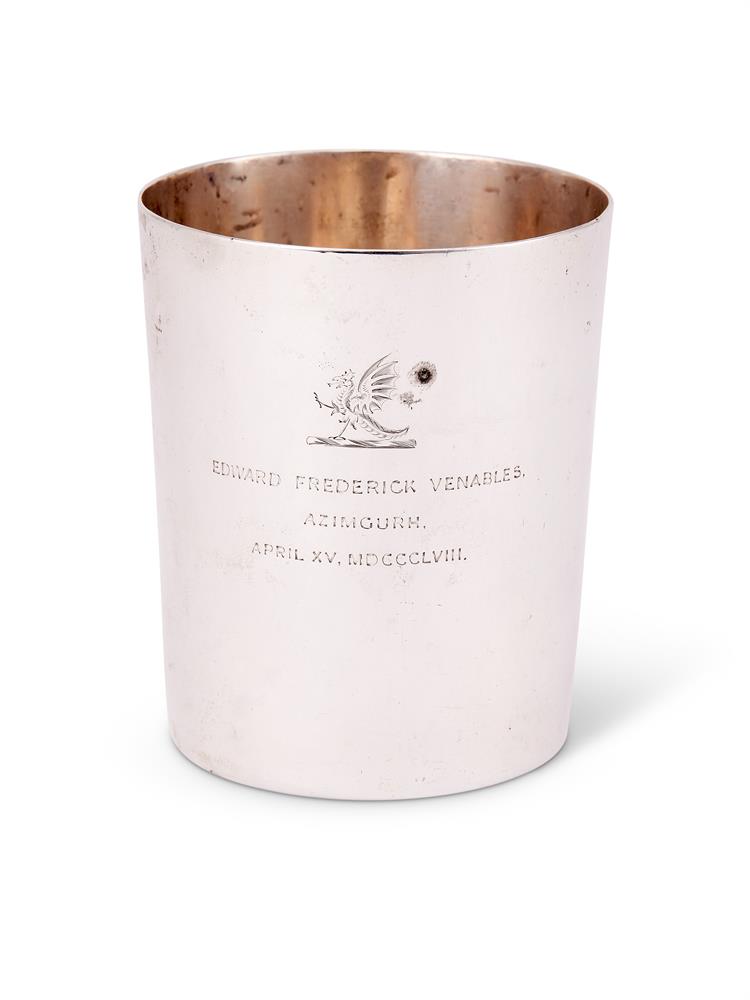


Try LotSearch and its premium features for 7 days - without any costs!
Be notified automatically about new items in upcoming auctions.
Create an alert